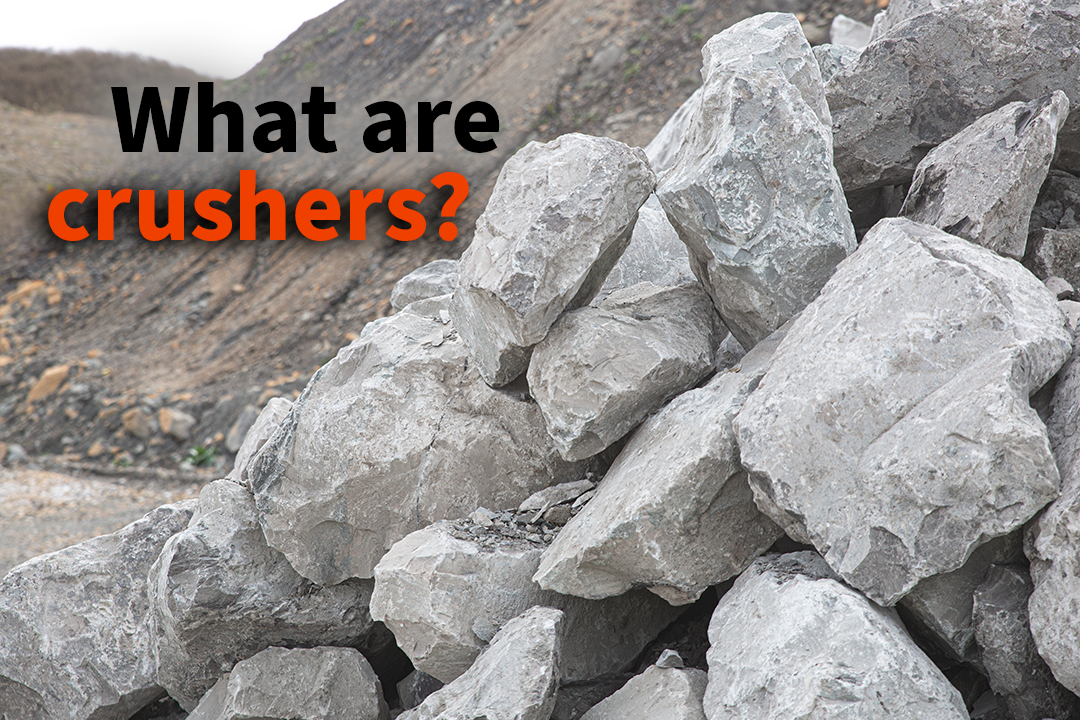What Are Crushers?
Crushers are machines designed to reduce large materials, typically rocks, concrete or asphalt, into smaller materials for purposes of sizing, recycling, reduction, and more. These crushers are typically found in quarries, mines, recycling facilities, and other locations where raw material or demolition materials are found.

Industries such as the construction and demolition industry, aggregate industry, asphalt industry, and others use crushers to help achieve their goals. Since there are different goals for different industries, there must be different crushers to help achieve them.
The different types of crushers
Jaw Crusher
The composition of a jaw crusher is characterized by its two jaw plates, one fixed and the other moving, both oriented to create a V-shaped chamber through which materials fall and become repeatedly crushed. These crusher jaw plates are most often corrugated in appearance but can also be smooth.
As material falls into the chamber, the moving jaw compresses toward the fixed jaw to crush the rock between its heavy plates. As the stone is repeatedly compressed, its composition fractures and falls apart, falling through the chamber as it becomes smaller and smaller. The final output size is determined by a preset crushing size in the chamber’s bottom.
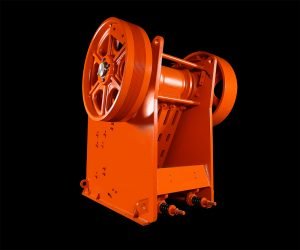
Impact Crushers
Impact crushers utilize the force of impact by propelling the material against a solid surface as well as inertia to fracture material. There are two primary types of impact crushers: horizontal shaft impactor and vertical shaft impactor.
Horizontal Shaft Impactor (HSI)
HSIs feature a high-speed rotor orientated horizontally within the crushing chamber. Material enters the impactor and fractures upon contact with the rotor, usually spinning at hundreds of RPMs. The material is then flung against one or more hanging curtains or aprons, which further break the material and reduce its size. The material then exits the HSIs when it can fit between the opening of the last curtain and the rotor.
Vertical Shaft Impactor (VSI)
VSIs feed material to be crushed from above and utilize a rotor spinning on a vertical axis to impart centrifugal force onto the material launching it against anvils situated around the perimeter of the rotor. Once material strikes the anvils, it breaks and falls out the bottom of the crusher.
Cone Crushers
Characterized by its central conical crusher component known as the head, a cone crusher operates around a main shaft to which the head is attached that rotates eccentrically within its crushing chamber to achieve the proper compressive force required to reduce the material.
As material enters the feed opening around the conical head, it fills the space between the cone and crushing chamber. Because the cone rotates eccentrically, the material is gradually compressed against the inner walls of the chamber, eventually fracturing apart, and reducing in size.
Once the material is appropriately sized, it falls through the gap between the chamber walls and the bottom of the cone, discharging from the bottom of the crusher. The gap between the chamber walls and the bottom of the cone can often be set to precisely size the material being processed.
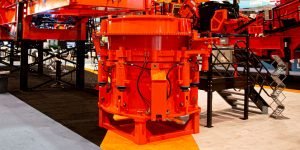
What happens to the rock after it is crushed?
Crushers are usually part of a larger system that can contain conveyors, screens, and more. Eagle Crusher specializes in portable plants that feature everything that is needed to crush material on one plant. That can include conveyors for discharging materials, a magnet to remove any metals found in the material, several screening decks to produce different sized materials, and more.
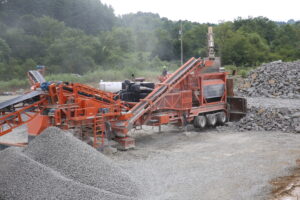
The finished products of materials are then used for a wide variety of applications such as road base, virgin or recycled asphalt, concrete, and more.
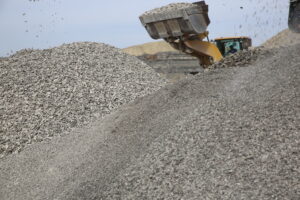
Looking for the right crusher for your job?
Reach out to Eagle Crusher today so that our team can work with you to get the perfect crusher or full crushing system for your needs.



